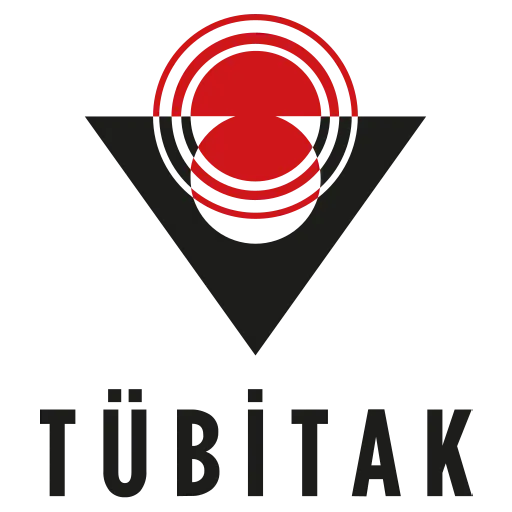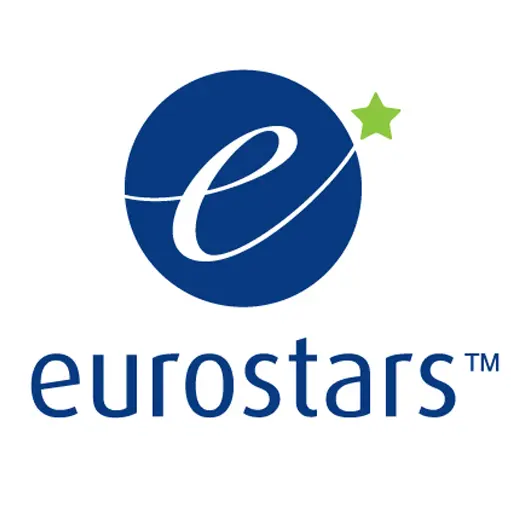
SUPERMOON+ Project Introduction
Traditional marker-based optical motion capture systems face several challenges in monitoring and rehabilitating patients with cerebral palsy, such as limited mobility, unnatural movement, inability to capture fine motor movements, expensive equipment, time-consuming setup and calibration, and limited range of motion. These challenges limit the effectiveness of conventional systems. Newer wearable technologies and depth cameras offer alternative solutions that will be developed in our project for the treatment program of cerebral palsy rehabilitation. Having gait analysis in a natural environment with cost-effective sensors would allow a sustainable solution with a personalized rehabilitation program.
The gait analysis protocol proposed in this project would practically and quickly enable clinicians to identify gait abnormalities, set treatment goals, and monitor ambulation following a surgical or orthotic intervention. Instead of the exhausting and lengthy evaluations of children in the gait analysis laboratory, their daily follow-up will also improve their psychological well-being.
Rehabilitation programs will be designed based on motion capture data from earbuds by clinicians. Then, rehabilitation applications like serious games will be developed using IMU and 2D depth cameras. Serious games will have parameters that can be adjusted based on patients' gait analysis and needs.
Rehabilitation strategies developed in our project would dramatically improve the motivation and cooperation of the children in the treatment of CP, thanks to the easy use and game-based methodology in daily living activities.

TURKISH-GERMAN UNIVERSITY

ISTANBUL KÜLTÜR UNIVERSITY

BEFLEX

KYUNGPOOK NATIONAL UNIVERSITY

INOSENS

